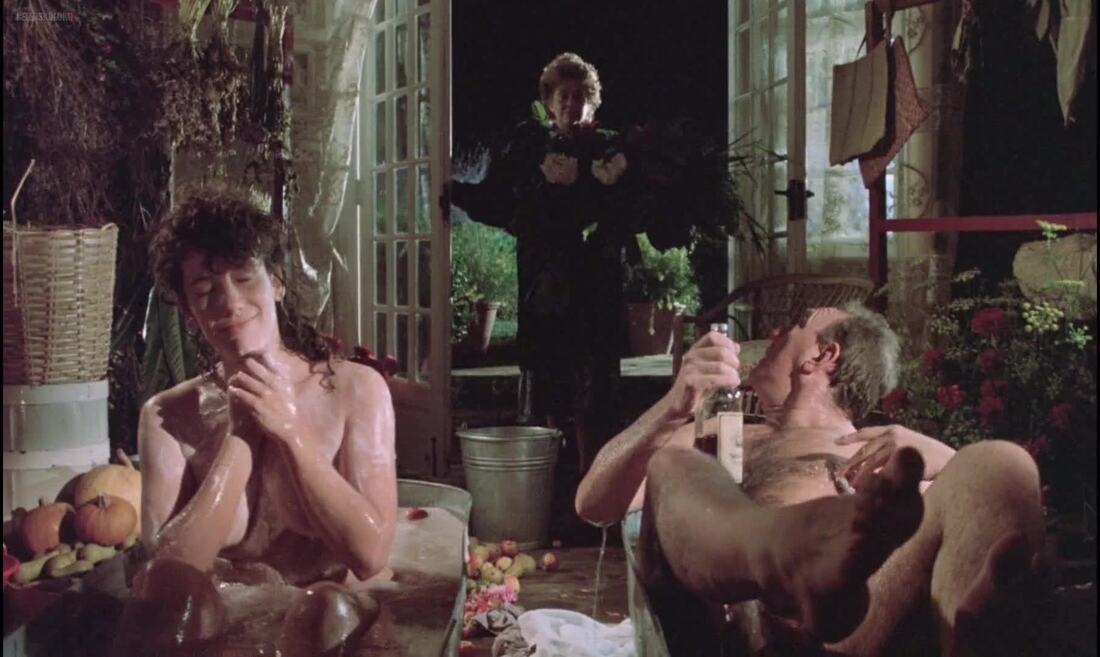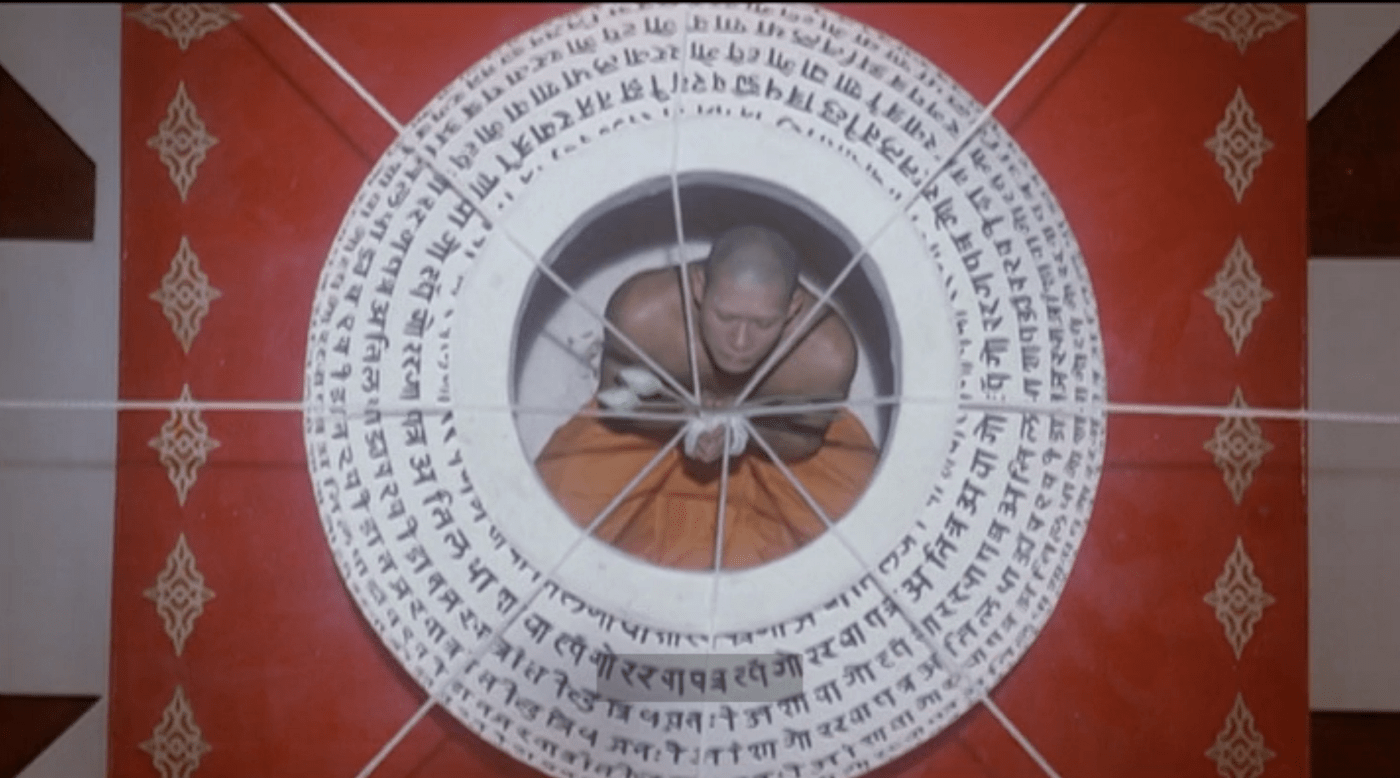
William Wyler made The Best Years of Our Lives in 1946. I doubt he could have made it in 1945. In 1945, America was still fighting in World War II, and the film industry was dutifully doing its part by producing pro-war propaganda. By 1946, the war was over. Still, Wyler’s film is strikingly frank when depicting the pain that the war left in its wake. The Best Years of Our Lives is not necessarily an anti-war film, but it does deal with the painful trauma that soldiers had to face upon their return.
As much as the film is surprisingly candid, it still is carefully tempered. Hollywood was not ready to depict the true nature of what the soldiers suffered, but The Best Years of Our Lives was a step in that direction. There is a brief moment in the film where this tension between being honest and being diplomatic is heightened. It’s a coded message about suicide that, if stated directly, might well have been censored.
A little less than midway through the film, a pretty young woman named Wilma is looking for her former boyfriend Homer. Homer has just come back from the war and now has hooks where he once had hands. When overseas, he was proud of his recovery and his ability to use his hooks with great skill, but now that he is home, the people he meets are not impressed by his dexterity, rather they are unnerved by the tragedy his hooks represent.
Sweet, innocent Wilma is ready to accept him just as he is, but Homer worries that she is not sincere. Wilma comes out of her house and walks up to her neighbor who is mowing his lawn in the sunlight. The neighbor notices Wilma and greets her. Wilma smiles and says, “Good afternoon Mr. Parrish, Have you seen Homer?” Mr. Parrish explains “He’s out in the woodshed.” Immediately after Mr. Parrish finishes this line, a gunshot is heard. As soon as Wilma hears it, the smile slips from her face and she turns in the direction of the shot with an anxious look. Before too many assumptions can be made, Mr. Parrish continues the conversation, distracting us from the pregnant pause, but in that brief moment, a dark message has already been delivered. Homer’s being out back in the woodshed alone, the gunshot, and Wilma’s reaction are enough to be an unmistakable reference to the possibility that Homer has shot himself.
The moment hangs in the air just long enough to be recognized, and then is quickly covered up by continuing the dialogue. The Best Years of Our Lives restrains itself, but allows an unvarnished truth to surface. Most of the film provides a “varnished truth.” A truth that took courage to tell, but in the end was softened. A moment like Wilma and Mr. Parrish’s discussion provides a small gap in the varnish, allowing something more unsettling to peek through.
In 1946, suicide was not a subject many people were willing to discuss in private, never mind allowing it to be discussed on screen. There are no statistics concerning veterans taking their own lives from back then, but more recently, statistics show that there were more soldiers who died from suicide than from combat in both Afghanistan and Iraq. Not just a few more, but four times more, 30,000 suicides in total.
This may be hard to believe, but after World War II ended, a series of studies and statistics were run. The army found that only 15% of soldiers were able to actually fire their guns at an enemy soldier. This surely indicates a high level of mental dissonance and trauma. When these soldiers came home from the war, they put their guns away in their closets, but that only meant that if their pain ever became too overwhelming, they had a quick and ready solution waiting for them.

If you enjoyed this article you might also enjoy - https://filmofileshideout.com/archives/favorite-scenes-%e2%84%967-a-streetcar-named-desire/




IndigoRose2022
I never noticed that detail before, I’ll have to watch out for it next time! I really enjoyed this movie, and I was shocked it got made in ‘46, I feel like Hollywood largely tried to avoid showing the darker side of WWII until the 60s and 70s.
For those who haven’t seen it, it’s a film about 3 returning war veterans who happen to meet and become friends. One is an older married man, one is newly married but hasn’t seen his wife in a long time, and one is engaged to his childhood sweetheart (Homer and Wilma). They each have different struggles and things they must come to terms with after the war. This film is an unusually candid (for its time) portrayal of the difficulties of what the movie calls “rehabilitation”, recovery from the horrible experience of war.